How Much Water Is On Earth? The Blue Planet's Liquid Treasure
In the vast expanse of the cosmos, Earth stands out as a unique jewel adorned in shades of blue, thanks to the abundance of water that covers its surface. The question of how much water is on Earth leads us to an exploration of the planet's liquid treasure – a journey into the oceans, lakes, rivers, glaciers, and even the invisible reservoirs beneath our feet. Join us as we delve into the staggering volumes and essential roles that water plays in sustaining life on this blue planet.
The Oceans: Earth's Mighty Water Reservoirs:
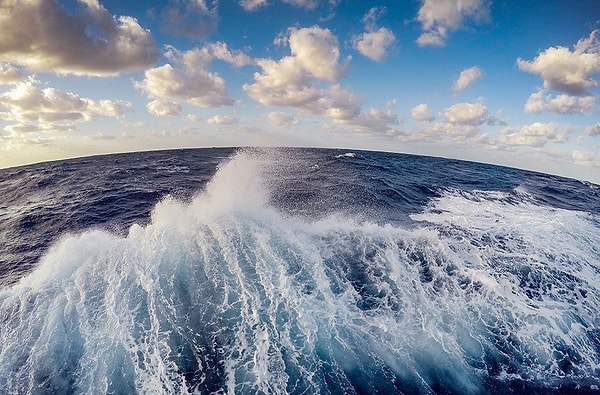
The Earth's oceans are its largest and most prominent water bodies, covering about 71% of the planet's surface. Comprising the Pacific, Atlantic, Indian, Southern, and Arctic Oceans, these vast expanses hold an estimated 97.5% of the Earth's total water. The Pacific Ocean alone is larger than all of Earth's landmass combined, showcasing the sheer enormity of these marine reservoirs.
Beneath the ocean's surface, the depth is awe-inspiring. The Mariana Trench in the Pacific Ocean, the deepest point on Earth, plunges down to approximately 36,070 feet (10,994 meters). Despite their seemingly boundless nature, these oceans play a delicate role in maintaining Earth's climate, regulating temperatures, and serving as the primary driver of the water cycle.
Ice Caps and Glaciers: Frozen Water Reserves:
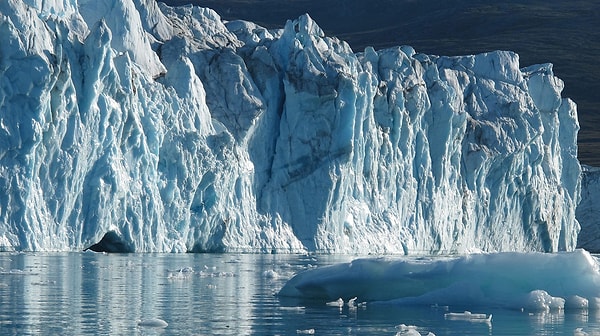
While the oceans dominate in liquid form, a significant portion of Earth's water is locked away in frozen expanses. The polar ice caps and glaciers, primarily located in Antarctica and Greenland, contain about 68.7% of the world's fresh water. These icy reservoirs serve as crucial indicators of climate change, with their melting contributing to rising sea levels and impacting global ecosystems.
Greenland's ice sheet, covering an area of about 660,000 square miles, contains enough water to raise global sea levels by approximately 23 feet if it were to melt entirely. Similarly, Antarctica's ice sheet, comprising about 70% of Earth's fresh water, holds the potential for significant sea-level changes.
Freshwater Lakes and Rivers: Earth's Liquid Veins:
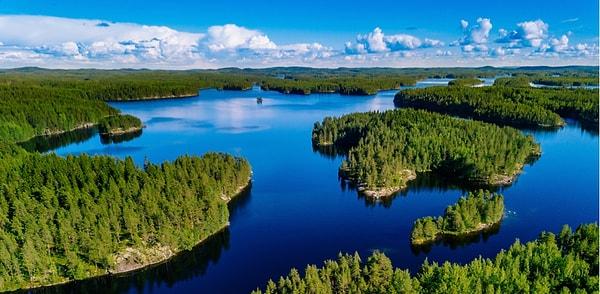
Beyond the frozen reserves, freshwater lakes and rivers represent essential components of Earth's hydrological cycle. Lakes, though much smaller in comparison to oceans, collectively contain about 87% of the planet's liquid freshwater. Lake Baikal in Siberia, for instance, holds approximately 20% of the world's surface freshwater, making it the deepest and oldest freshwater lake on Earth.
Rivers, serving as liquid veins that transport water across continents, play a vital role in sustaining life. The Amazon River, the world's largest by discharge volume, alone contributes around 20% of the Earth's freshwater discharge into the oceans. These freshwater bodies, while relatively small in volume compared to oceans, are indispensable for various ecosystems and human civilizations.
Underground Reservoirs: Tapping into Earth's Hidden Aquifers:
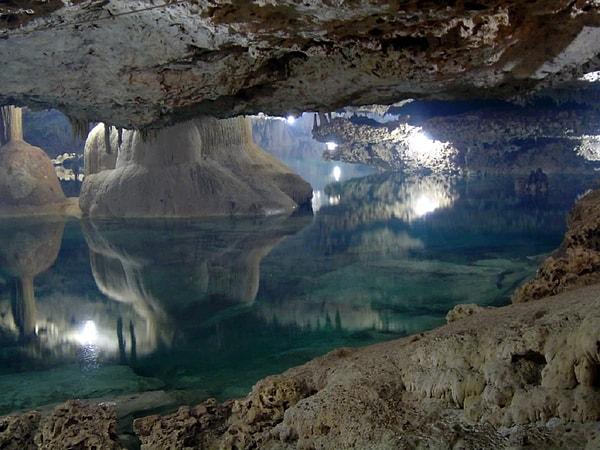
Beneath the Earth's surface lies an often-overlooked reservoir of water – aquifers. These underground formations consist of porous rock or soil that can store and transmit groundwater. Aquifers play a critical role in supplying water for agriculture, industry, and drinking, particularly in regions where surface water is scarce.
The Ogallala Aquifer in the United States, one of the largest aquifers globally, spans across eight states and provides water for agriculture in the arid regions of the American Midwest. Similarly, the Guarani Aquifer in South America is one of the world's largest reservoirs of groundwater, spanning parts of Brazil, Argentina, Paraguay, and Uruguay.
Water Vapor in the Atmosphere: The Invisible Reservoir:
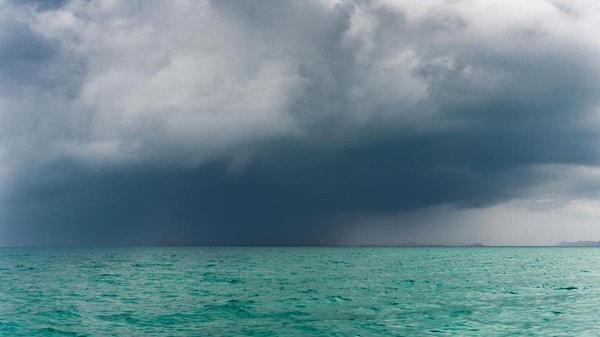
While oceans, ice caps, lakes, rivers, and aquifers are tangible sources of water, the Earth's atmosphere also plays a crucial role in the planet's water balance. Water vapor, an invisible gas, is a significant component of the atmosphere, and its presence is integral to the water cycle.
The atmosphere contains about 0.001% of the Earth's total water, but it plays a vital role in regulating the distribution of water across the planet. Through processes like evaporation, condensation, and precipitation, water constantly cycles between the atmosphere and the Earth's surface, sustaining life and ecosystems.
The Precious Liquid that Sustains Life:
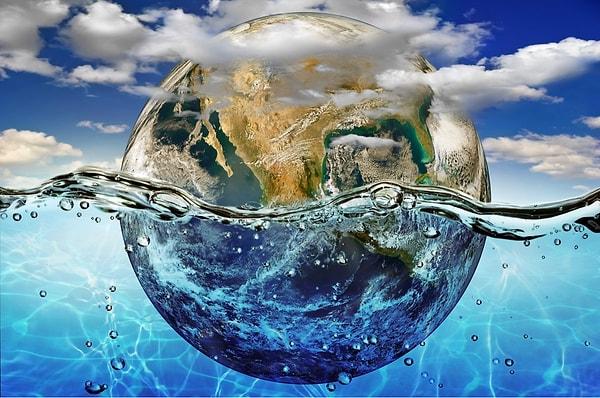
In conclusion, the question of how much water is on Earth leads us on a captivating journey through the planet's diverse water reservoirs. From the vast expanses of the oceans to the frozen glaciers, freshwater lakes, underground aquifers, and the invisible water vapor in the atmosphere, Earth's water is a precious and interconnected resource.
Understanding the distribution and dynamics of Earth's water is not just a scientific curiosity but a vital consideration for the future of our planet. As we navigate the challenges of climate change and a growing global population, appreciating the significance of Earth's water reservoirs becomes essential for sustainable management and preservation of this life-sustaining liquid treasure.
Keşfet ile ziyaret ettiğin tüm kategorileri tek akışta gör!


Send Comment